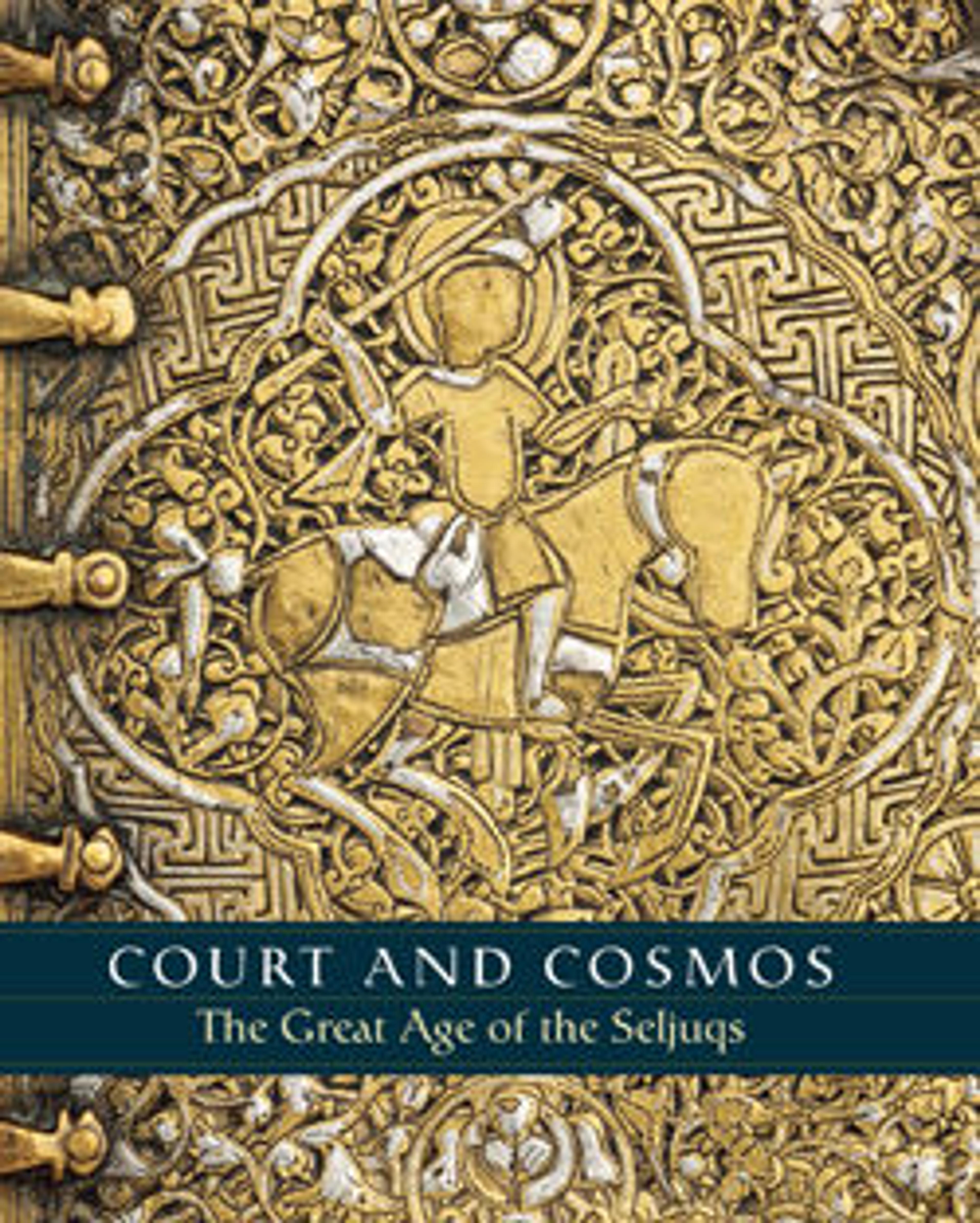Dirham of Ghiyath al-Din Kai Khusrau II (r. 1239–46); Astrological Device (Sun-Lion)
Gold and silver coins were considered high-value money, used and traded over long distances. It was the principal form of currency used by high-ranking officials to pay land tax or iqta‘ (revenue from grants of land). In Rum Seljuq lands very fine dirhams and a few gold coins were minted. They are exceptional in Islamic coinage for the presence of figural imagery. The two main themes are the astrological sun-lion, such as on this coin and the equestrian, embodiment of power and control and a symbol of an ideal ruler in the Great Age of the Seljuqs.
Artwork Details
- Title: Dirham of Ghiyath al-Din Kai Khusrau II (r. 1239–46); Astrological Device (Sun-Lion)
- Date: dated 638 AH/1240–41 CE
- Geography: Mint Turkey, Konya
- Medium: Silver
- Dimensions: Diam. 7/8 in. (2.2 cm)
D. 1/16 in. (0.2 cm)
Wt. 0.1 oz. (2.8 g) - Classification: Coins
- Credit Line: Bequest of Joseph H. Durkee, 1898
- Object Number: 99.35.2379
- Curatorial Department: Islamic Art
More Artwork
Research Resources
The Met provides unparalleled resources for research and welcomes an international community of students and scholars. The Met's Open Access API is where creators and researchers can connect to the The Met collection. Open Access data and public domain images are available for unrestricted commercial and noncommercial use without permission or fee.
To request images under copyright and other restrictions, please use this Image Request form.
Feedback
We continue to research and examine historical and cultural context for objects in The Met collection. If you have comments or questions about this object record, please contact us using the form below. The Museum looks forward to receiving your comments.
